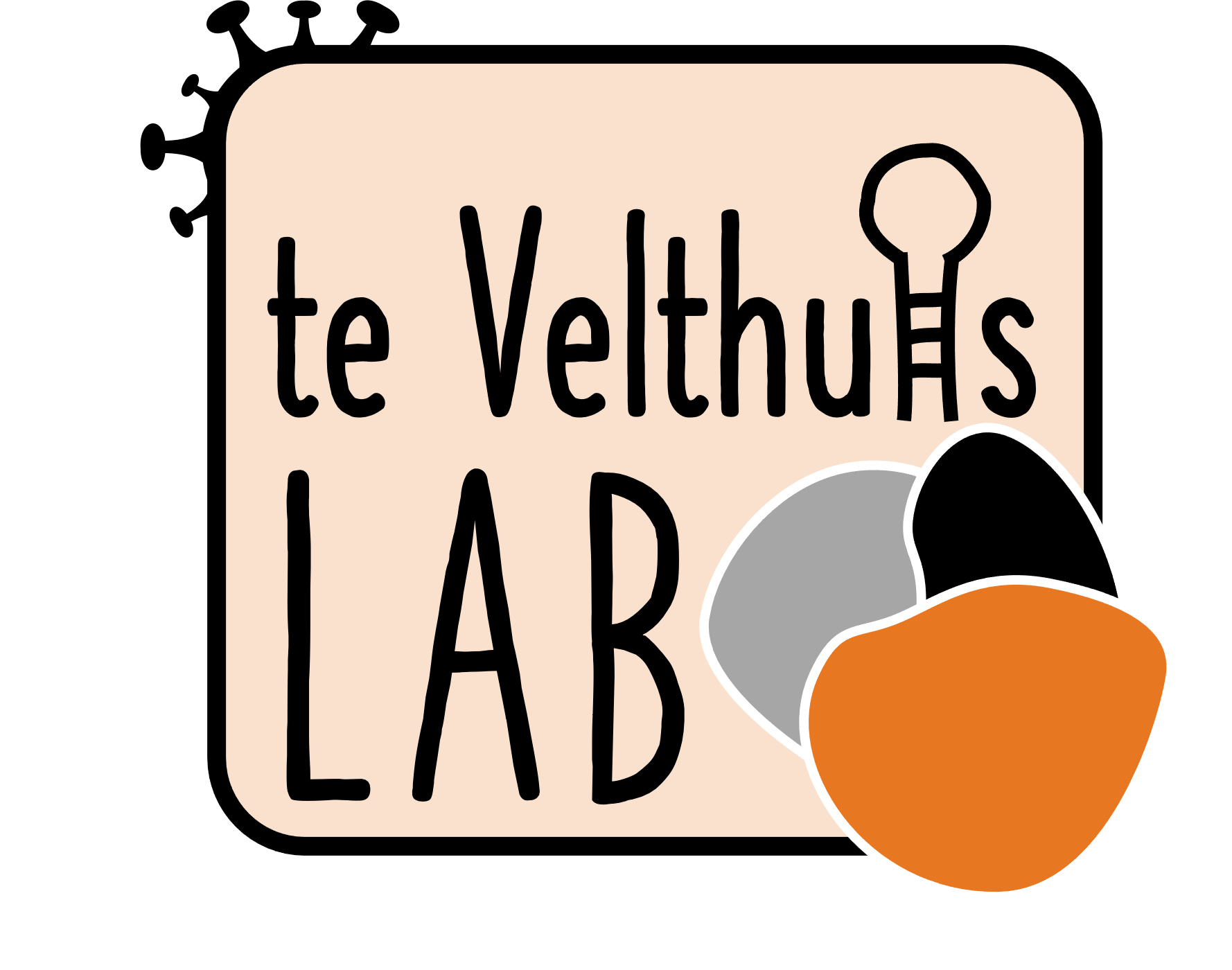Influenza A Virus Defective Viral Genomes Are Inefficiently Packaged into Virions Relative to Wild-Type Genomic RNAs
Publication Year
2021
Type
Journal Article
Abstract
Deletion-containing viral genomes (DelVGs) are commonly produced during influenza A virus infection and have been implicated in influencing clinical infection outcomes. Despite their ubiquity, the specific molecular mechanisms that govern DelVG formation and their packaging into defective interfering particles (DIPs) remain poorly understood. Here, we utilized next-generation sequencing to analyze DelVGs that form early during infection, prior to packaging. Analysis of these early DelVGs revealed that deletion formation occurs in clearly defined hot spots and is significantly associated with both direct sequence repeats and enrichment of adenosine and uridine bases. By comparing intracellular DelVGs with those packaged into extracellular virions, we discovered that DelVGs face a significant bottleneck during genome packaging relative to wild-type genomic RNAs. Interestingly, packaged DelVGs exhibited signs of enrichment for larger DelVGs suggesting that size is an important determinant of packaging efficiency. Our data provide the first unbiased, high-resolution portrait of the diversity of DelVGs that are generated by the influenza A virus replication machinery and shed light on the mechanisms that underly DelVG formation and packaging. Defective interfering particles (DIPs) are commonly produced by RNA viruses and have been implicated in modulating clinical infection outcomes; hence, there is increasing interest in the potential of DIPs as antiviral therapeutics. For influenza viruses, DIPs are formed by the packaging of genomic RNAs harboring internal deletions. Despite decades of study, the mechanisms that drive the formation of these deletion-containing viral genomes (DelVGs) remain elusive. Here, we used a specialized sequencing pipeline to characterize the first wave of DelVGs that form during influenza virus infection. This data set provides an unbiased profile of the deletion-forming preferences of the influenza virus replicase. In addition, by comparing the early intracellular DelVGs to those that get packaged into extracellular virions, we described a significant segment-specific bottleneck that limits DelVG packaging relative to wild-type viral RNAs. Altogether, these findings reveal factors that govern the production of both DelVGs and DIPs during influenza virus infection.
Journal
mBio
Pages
e0295921
Date Published
11/2021
ISSN Number
2150-7511
Alternate Journal
mBio
PMID
34809454

